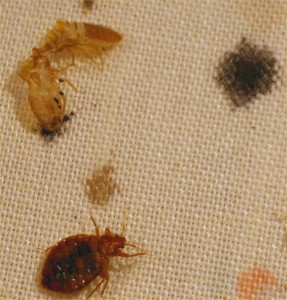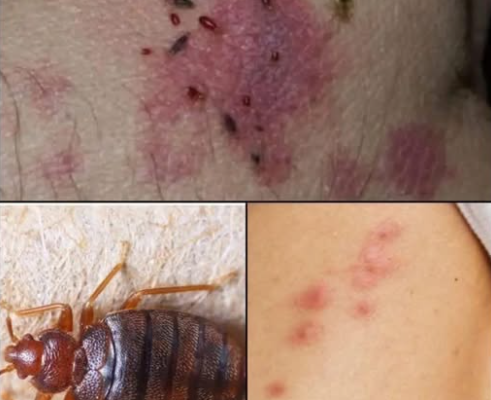⚠️ BE CAREFUL, If you spot these dots on your skin, it means you have Ca…see more
Bedbug: How does it live? How to eradicate it from the house with this simple method…See more
Bed Bugs – What They Are and How to Control Them
Bed bugs have been around for thousands of years. They feed on blood, but are not known to spread any diseases to humans. Some people can be allergic to their bites. Getting rid of a bed bug infestation is not easy, but there are steps you can take to control the problem. There are also steps you can take to avoid bringing bed bugs home.
What are bed bugs?

- Bed bugs are small, flat wingless insects that are reddish-brown in color and approximately one-quarter inch long, before feeding (about the size and shape of a small apple seed).
- They hide during the day on beds (mattress seams, box springs, bed frames, headboards) and in cracks and crevices of walls, floors and furniture. They come out at night.
- They do not fly or jump, but they can crawl rapidly.
How can bed bugs get into my home?
- They can come from other infested areas or from used furniture. They can hitch a ride in luggage, purses, backpacks, or other items placed on soft or upholstered surfaces.
- They can travel between rooms in multi-unit buildings, such as apartment complexes and hotels.
How can I avoid bringing bed bugs into my home?
- When staying in a hotel, place your bag on a suitcase stand rather than on the bed or floor. Keep the rack away from walls or furniture. When returning home, wash the clothes from your trip and put them in a hot dryer.
- Inspect new and used furniture before bringing it inside. Look in seams, tufts and under cushions.
How do I know if I have a bed bug problem?
- You can see the bed bugs themselves, their shed skins, or their droppings in mattress seams and other items in the bedroom.
- There may also be blood stains on sheets.
How do I control a bed bug problem in my home?
It can be done, but it usually requires what is called an “integrated pest management” (IPM) approach. This combines techniques that pose the lowest risk to your health and the environment. Try these strategies:




